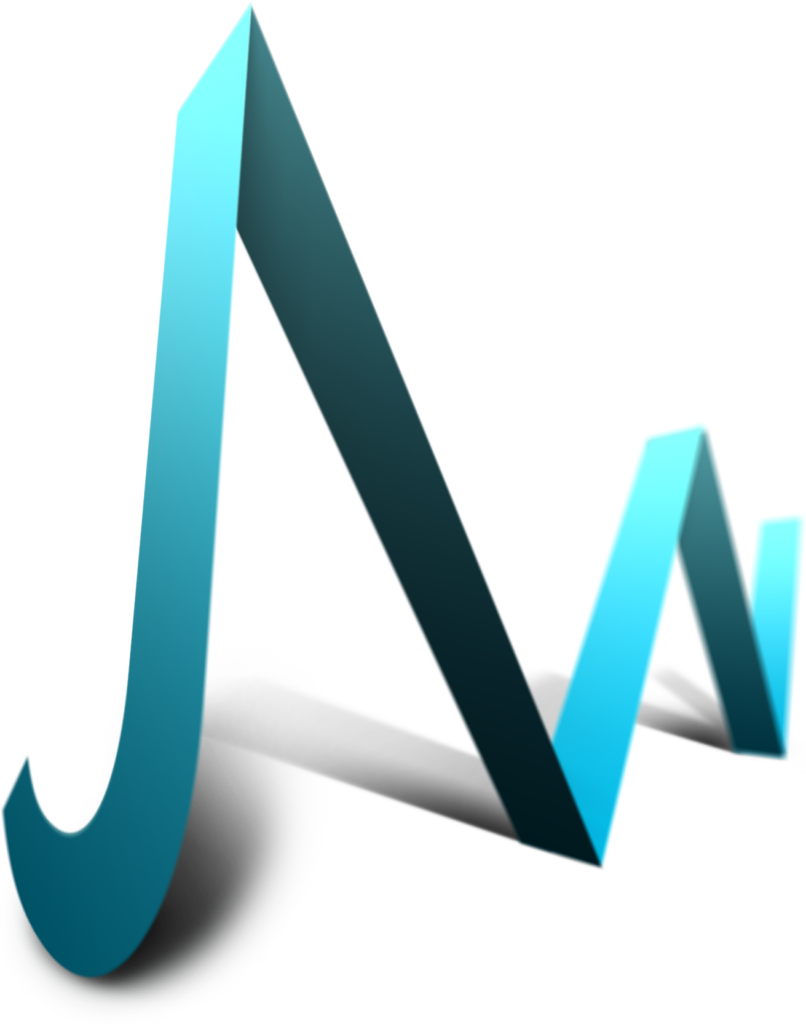Founded a user-centered design practice to transform a legacy IoT platform, drive adoption, and put enterprise usability back on the map.

The Challenge: Rebuilding Trust in the Experience
When I joined Verizon Business, their enterprise IoT platform—ThingSpace—had powerful capabilities, but a painful user experience. It was built by engineers for engineers, with little focus on usability, efficiency, or design consistency. Enterprise customers were frustrated. Tasks that should take seconds—like finding or troubleshooting a device—took minutes or even hours. Support teams were fielding calls they shouldn’t need to.
Design wasn’t just underrepresented—it was reactive and disconnected from strategy. I saw an opportunity to change that.
With support from forward-thinking product leaders, I assembled a cross-functional UX team to completely rethink the platform. Our mission: make device management intuitive, scalable, and design-led—while building trust with both internal teams and enterprise users.
We didn’t just redesign the interface. We redefined the experience, the design culture, and the foundation for future Verizon Business platforms.


Why I Saw the Need for Change
I knew we needed a new approach—one where the customer sat at the center, and internal teams acted as subject matter experts and enablers. By grounding our process in real user behaviors, challenges, and goals, we were able to shift the mindset from building features to delivering outcomes.

Traditional linear product design process—where customers are an afterthought, not a driver of solutions.

Our user-centered design approach—placing the customer at the core, with product, dev, and design teams aligned as enablers.
39.7 M
Customer Managed Devices
$318M
Annual Revenue Generated
20+
Customers Interviewed
100+
Opportunities Identified
Research & Interview
- Aligned on business goals, OKRs, KPIs and success metrics
- Mapped how customers interact with ThingSpace day to day
- Identified the types and scale of devices they manage
- Uncovered key application pain points and usability blockers
- Captured user-driven feature requests and enhancement ideas
- Assessed overall satisfaction and trust in the platform
- Documented workflows across different user roles and industries
Prototype & Validate
- Synthesized research into common themes and user needs
- Created initial user flows and information architectures
- Developed and tested low-fidelity wireframes
- Validated concepts through stakeholder and customer feedback
- Conducted A/B tests and surveys to refine design decisions
- Built reusable UI patterns and an enterprise design system
- Delivered high-fidelity prototypes aligned with business goals

Prioritize User Tasks Over Product Features

Lower Support Calls by Building the Right Thing

Increase Customer Retention and Satisfaction

Improve Customer Revenue and Adoption Rates
Our Process: From Friction to Function

01
Discovery & Alignment
- Partnered with sales and product to identify customer segments and key challenges
- Assembled a cross-functional UX team: 1 UX lead, 1 UX strategist, 2 researchers, 1 designer, 1 dev lead, and a product owner
- Led foundational customer research to uncover enterprise use cases, user goals, and pain points across industries
- Conducted deep-dive interviews with enterprise customers including Coca-Cola and UPS


02
Design Thinking in Action
- Led a 3-day design sprint in the Bay Area with on-site sessions at Verizon and customer locations
- Day 1: User interviews
- Day 2: Ideation workshops
- Day 3: Validation and feedback
- Facilitated additional co-creation sessions at customer HQs to build empathy and co-validate solutions





03
Synthesis & Strategy
- Mapped end-to-end user journeys and cross-application workflows
- Defined personas based on behavior patterns and system touchpoints
- Identified architectural pain points across interconnected Verizon platforms

04
Design & Validation
- Applied Design Thinking methods to cluster insights, generate concepts, and prototype solutions
- Conducted iterative validation: usability testing, stakeholder walkthroughs, and A/B experiments with enterprise users
- Developed a Verizon-branded design system with scalable UI/UX patterns to address usability gaps




05
Delivery & Impact
- Collaborated closely with product and engineering to translate design into agile sprints
- Supported go-to-market planning with demo-ready designs and experience frameworks
- Launched the new ThingSpace enterprise portal—transforming a legacy tool into a modern, customer-first platform
- Sparked broader adoption of design-led practices—other product teams began leveraging our UX team and design system to elevate their own platforms







Reflection: Leading With Empathy at Scale
This project was more than a redesign—it was a cultural shift. It proved that even in a massive organization like Verizon, user-centered design can lead the way when you build trust, show results, and bring people along for the ride. It’s one of the proudest moments in my design leadership journey.
Final Thoughts: Redesigning the Platform—and the Practice
This initiative wasn’t just about improving a product—it was about rebuilding trust, from the ground up. We transformed ThingSpace from a fragmented, engineer-built tool into an intuitive, user-centered platform that enterprise customers could rely on.
- Established a user-centered design practice inside a legacy, engineering-led organization
- Built a scalable enterprise design system that’s now used across multiple Verizon Business platforms
- Created a culture of cross-functional collaboration, with product, engineering, and design working in lockstep
- Turned deep customer insights into tangible outcomes—lower support volume, higher satisfaction, and renewed engagement
- Led high-impact workshops, validation cycles, and design sprints with Fortune 500 customers
- Elevated design maturity, helping shift Verizon Business toward a more design-led product strategy
Perhaps most importantly, we grew a nimble, high-performing UX team that didn’t just deliver a better experience—we inspired a broader transformation across Verizon Business. This work proved that, even at enterprise scale, empathy, design thinking, and strategic execution can drive meaningful change.
This wasn’t a facelift. It was a foundation for the future. The best part: I got to grow and grow with an amazing team.




